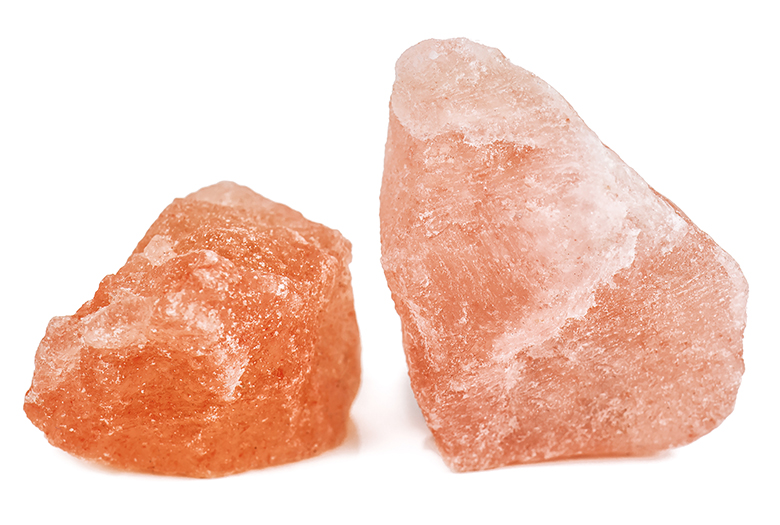The skin around a stoma is called the peristomal skin. For people with an ostomy, it is especially important to take good care of this skin, as it may be the key to living with comfort and confidence.
About the skin
Our skin is the largest organ of our body. An adult’s skin weighs around 5 kilograms and has an area of around 2 square meters. The skin is made of three layers of different thicknesses and contains sweat glands, hairs and muscles to make the hairs stiffen when we are cold or frightened. The skin on our eyelids is only half a millimetre thick, while that on the soles of our feet is around eight times as thick.
Our skin acts as the barrier between the inside and the outside of our bodies and has four main functions. We need it to protect us from ultraviolet light, mechanical trauma, dehydration and harmful chemicals, and it contains receptors that allow us to sense temperature, pain, touch and pressure.
Separation
The operation to create a new stoma temporarily damages the peristomal skin, and it needs some time to heal. This takes longer for some people than for others.
Sometimes, after the operation, the peristomal skin (or sutures) can pull away from the edge of the stoma, leaving a gap or dip in between. This is known as mucocutaneous separation.
Mucocutaneous separation generally heals quickly, although this can vary. Healing may be delayed by issues including diabetes, nutritional issues and existing skin conditions (such as psoriasis), as well as undergoing chemotherapy or radiotherapy. Your stoma nurse can assist the healing process with a combination of powders, pastes, dressings and seals.
As the separation heals, the shape of your stoma and skin will change. Therefore, you will need frequent template checks to ensure the correct pouch is being used and that it is cut to a suitable size.
Cleaning up
When it comes to cleaning the peristomal skin, it is best to keep things simple. Stoma nurses generally advise plain warm water, without soap or other cleaning agents. Some people prefer to use a wet wipe; in this case, I would suggest you ensure it is a water-based wipe, without any perfume or alcohol. Even some of the gentler wipes contain additives, and it is worth remembering that any added moisturisers may give your skin a greasy film or residue that will make it difficult for any pouch to stick properly.
If you prefer the feel of a wet wipe, consider rinsing the wipe in water or under a tap to remove any chemicals, perfumes or moisturisers that could potentially cause issues. Kitchen roll, dry wipes or a clean flannel, kept purely for the purpose of drying your stoma, can all be used to wash and/or dry. It is important to ensure that you have removed all of the adhesive and any adhesive remover you have used, so that the skin is as clean and dry as possible.

It is best to clean peristomal skin with plain water, without soap or other cleaning agents
Solving soreness
If you experience sore peristomal skin, it is important to contact your stoma nurse to find out the cause before attempting to treat it. There is usually a simple solution, such as altering the template. However, sometimes it may need a longer process of trialling alternative products. You may need to switch from a flat pouch to a convex one, or vice versa. You may have developed a hernia or lost weight, thus changing the shape of your stomach and making the pouch more difficult to stick. You may suddenly develop a sensitivity to a product and require an alternative.
If you experience a leak, please try to note if you have changed any medication, washing powder or shower gel, as this will help the stoma nurse to troubleshoot the potential cause.

Urostomy salt crystals
People with a urostomy may get a build up of salt crystals around their stoma, caused by uric acid in the urine pooling around the stoma. A white vinegar and water solution is often recommended by your stoma nurse, but please seek assistance or advice before doing this to ensure the correct solution strength. This is usually a short-term measure, but one that is effective at removing the salt crystals. You may also be advised to increase your oral fluid intake, if it is not contraindicated due to other medical conditions. You may need dietary advice to alter the pH level in your urine to prevent the reformation of the salt crystals.
Skincare products
Generally, a skin cream is not the answer, as they can be greasy and make it difficult for a pouch to stick properly. That said, many ostomates have favourite creams or lotions they use; if they don’t cause any problems, you should continue to use them as required. There are many different types of barrier wipes or sprays that your nurse may provide, if necessary. These need time to dry on the skin before you apply your pouch, and sometimes a simple solution, such as calamine lotion, is all that may be required. It is important you show your nurse everything you use on your skin, as there may be too many different items that are unnecessary.
Some ostomates like to use an adhesive remover with a fragrance or use a deodoriser inside their pouch. These can occasionally cause some irritation to the skin. If you develop a rash, your stoma nurse will usually ask you to go back to basics and use the bare minimum of accessories, remove any fragranced products and stop using baby wipes, to see if these have been the cause. GPs in some areas are restricting the use of certain accessories, such as odour drops or adhesive removers containing fragrance, due to the cost. If you are purchasing these items yourself online, please inform your stoma nurse, so that they are aware of what you are using in your regimen.
Using accessories
There is now a wide variety of stoma products available. However, it is worth noting that not all of these are suitable or appropriate for everyone, and you should always consult your stoma nurse before trying something new. All stomas are different, in the same way that everybody has a slightly different skin type. What may suit one person may not suit someone else. While some people require paste or a seal, these are not essential for everyone. Please consult with your stoma nurse before sending off for samples or trying one of your friends’ products.
Seeking advice
Sore peristomal skin is a fairly common problem, but it is usually resolvable. There can be many causes for sore skin, and it is important that you contact your stoma nurse for a full assessment, as they are the experts and will be happy to help you.
We spend millions of pounds every year on sun lotion, eye cream and moisturisers that promise to make us look 10 years younger. Your peristomal skin is just as important to care for.
Lisa Hall is a stoma care nurse with Salts Healthcare

